
Using Sets
Tagged: file naming, SETS, standards
-
Using Sets
Posted by Liz Larsen on January 20, 2023 at 10:16 amNone of the firms I’ve worked at have ever used Bluebeam Sets. They all have thought it’s too cumbersome. Especially since the client requires a combined PDF 99% of the time.
I know a lot of you use and swear by Sets. If your team uses it in their workflow, I’d love to hear what your process is.
In addition to a general process, I have some specific questions that have been roadblocks in the past:
- What’s your folder structure look like for both internal and issued drawings?
- Is there a good workflow for getting properly named individual PDFs out of Revit?
- Do you use Sets throughout the design process? Or only after it’s been issued to the client for the first time?
- What are some key benefits to Sets that I can use to convince management to make the switch?
Isaac Harned replied 2 years, 8 months ago 6 Members · 9 Replies -
9 Replies
-
Points: 15,406Rank: UC2 Brainery Advanced Blue Belt
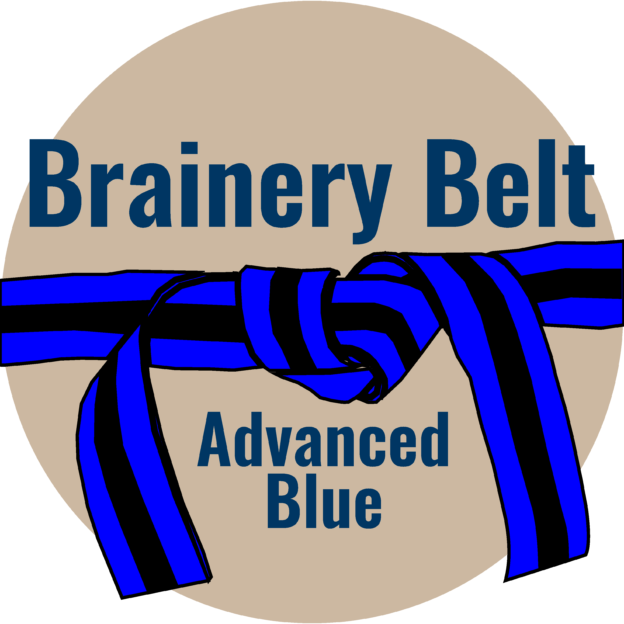
I’ll be very interested to see the answers to this.
I would like to use sets for ongoing projects but here in the UK there is a major stumbling block – there is no standard naming convention for drawings.
On housing projects, we get loads of revisions so being able to have the drawings automatically allocated, markups brought forward, latest revisions always at the front of a stack, etc would be a massive help. However, in most cases this would mean ‘renaming’ 100’s of drawings which really isn’t an option.
Maybe if I could demonstrate how useful sets could be then I might just be able to get some of the housebuilders to update their naming practices???
-
Points: 30,435Rank: UC2 Brainery Advanced Brown Belt II
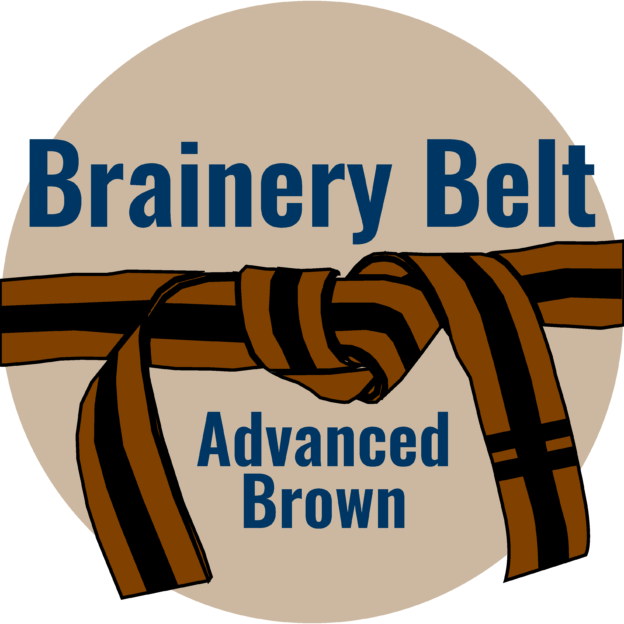
It’s not just in the UK @Vince ! While the solution would have to involve everyone on the design team the Owner of the project would ultimately have to be the lead on such an effort as they control the purse strings and the standards. Once an owner (or their designated manager) rejects a few submissions due to the naming convention not being followed the various parties might start paying attention.
-
-
Points: 17,397Rank: UC2 Brainery Advanced Blue Belt II
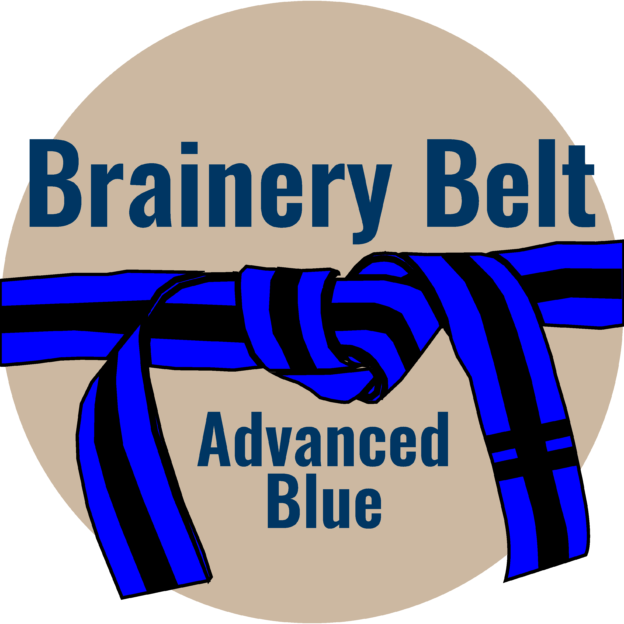
I personally LOVE working in Sets.
The primary reason is that the file size you’re actually working with is WAY smaller. You’re dealing with one page as opposed to many.
When you’re working from the cloud, file size is everything.One of the other reasons is Discipline. Sets will easily allow you to separate your drawings by discipline. In Millwork, we will sometimes need to work with Architectural, Interior Design, Structural, Electrical, AV, Fire, Mechanical (you get the point.. 🤣) and combining all those together makes for one very large drawing package.
Sets also allows Slip Sheeting in, what I think, is a better way than if you just do it on a full drawing package.
As for your file structure, we’ve found that it really doesn’t matter too much. Our Estimating team works in the could (SharePoint) while our Project Management team is working on a server. We have drawings in the Set on both and Revu doesn’t seem to care.
We do add a tag for which drawing package that it is, Bid Drawing, Addendum 1, ITC.. etc. which does help, but its not mandatory.
Sets and Studio though… that’s a whole other issue. That’s like Word and Excel. In the same family, will talk to each other, but only really tolerate each other… lol
Feel free to ask away on Sets @lizlarsen
-
Points: 5,051Rank: UC2 Brainery Purple Belt
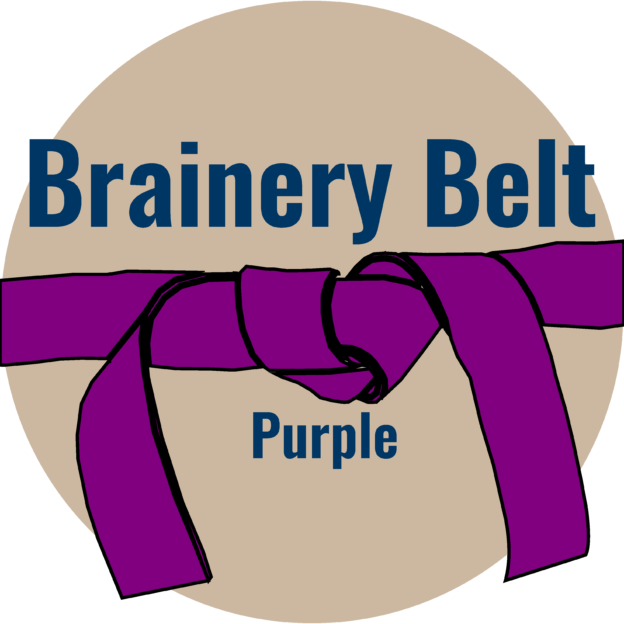
I’m trying to be my own devil’s advocate here and anticipate any pushback I might get.
I’d like to propose using Sets to my team. But man, people don’t like adding steps to a process that’s already familiar. File size reduction is great, but more of an IT concern.
When we issue a revision/addendum, we usually submit only the revised pages to the client. We then create another full set PDF for our “current drawings” folder. Since we’d be eliminating that 2nd PDF, I think the process of updating the Set would have to be roughly as fast as printing that full set.
Also, do you find Sets are easier to work with using all individual PDFs (ie each PDF is 1 page) or using each revision/addendum as a combined PDF (ie Revision 1 is one PDF of 6 pages, Revision 2 is one PDF of 4 pages, etc…)?
-
Points: 17,397Rank: UC2 Brainery Advanced Blue Belt II

Updating the Set is actually quite easy. It’s the same procedure as creating it.
As an end user I like it because I can easily see the changes from a previous revision. It’s actually saved us a few times because we can show the changes easily.
I do find them easier to work with because I’m working with a single page PDF rather than a large file. I also have my preferences set up so that when I click a link it opens a new tab with the new page. It just beats having two copies of the whole file open.
Now saying this, you don’t NEED a set to do this. You can do the same process by just using the linked drawing index page.
-
Points: 5,051Rank: UC2 Brainery Purple Belt

Thank you, @Doug McLean. I’m hoping I can get my team on board with the idea if I am able to effectively explain the benefits
-
-
-
-
Points: 26,649Rank: UC2 Brainery Advanced Brown Belt
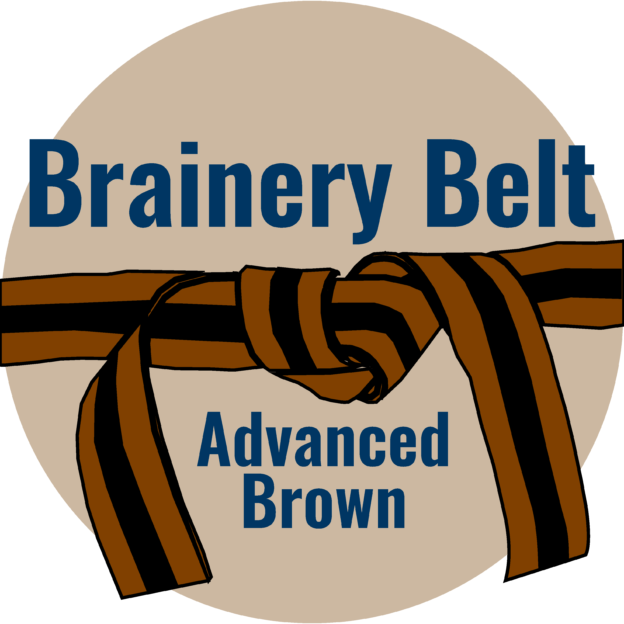
Great post @lizlarsen
I do see some pushback from some users, typically because it’s a little more advanced to set up (but easy after the 3rd time). I am and will remain a HUGE advocate for using sets. My only complaint is that I wish they called it a “Binder” instead of a “Set”. It was a set before we exported all the sheets and pulled them back together again!
The biggest benefit I see for teams switching to Binders is that everyone is looking at the exact same set of drawings and it’s always current. Typically when a user runs into a “read-only” file, they create their own copy on their desktop. pretty soon there are six copies out there and a revision comes through and not everyone knows. Slip Sheet is one of my favorite tools in Revu because of the value it provides and how easy it is to run.
When I was working for a structural engineer, our folder structure was always, Drawings > Discipline > Date or issue
This makes it easy to map to a folder of updated drawings. Only one person needs to manage the updates also because everyone else has the .bex file pinned for the life of the project. This folder structure is also important so if the drawing folder is moved all the sub-folders stay relative with hyperlinks.
As a best practice, you might slip sheet updates, and create a brand new Binder for an Issued Set.
As for Binders in Studio, I build the drawing folder structure in the Studio Project along with the .bex file and encourage all my users to work from there. In the rare chance two users need to look at the same sheet, you can push that sheet to a Session. Once you’re finished collaborating return it to the Project. Pushing to a Session checks out the document from the Project until you check it back in when you finish the Session.
Whew, did I cover everything?
In summary, I hate “Sets”, but I love “Binders”🤣
-
Points: 5,051Rank: UC2 Brainery Purple Belt

Thanks for your insights! Like I said, I’m going to propose “binders” to my team and I want to come armed with as much knowledge as possible.
-
Points: 8,738Rank: UC2 Brainery Purple Belt III
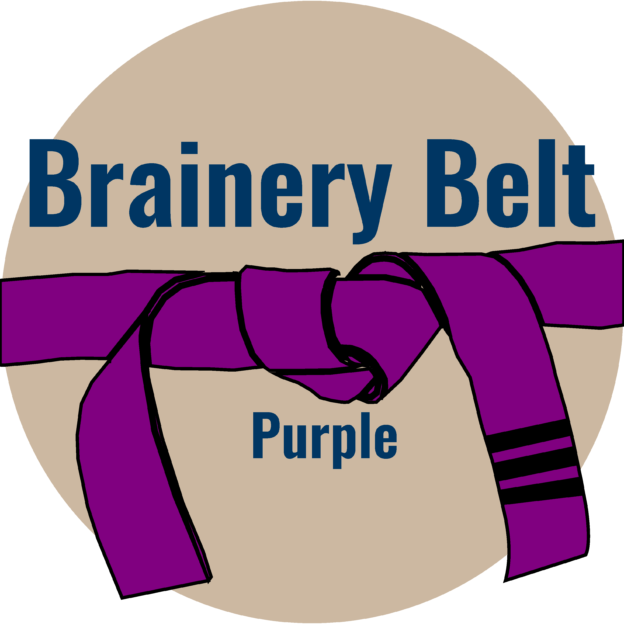
We tried sets, but it does not seem like it is beneficial for our workflow. Our file structure is pretty basic, just mechanical revision sorted by date, but we keep all our bidding info on the revision file, and slip sheet the latest into a folder called “Takeoff Set”, which will have individual files and a ton of markups on each. If sets could manage a single up to date location instead of linking to each revision folder it would work better for us, but at that point would also not be much more different than just maintaining the file structure manually.
-
Log in to reply.
